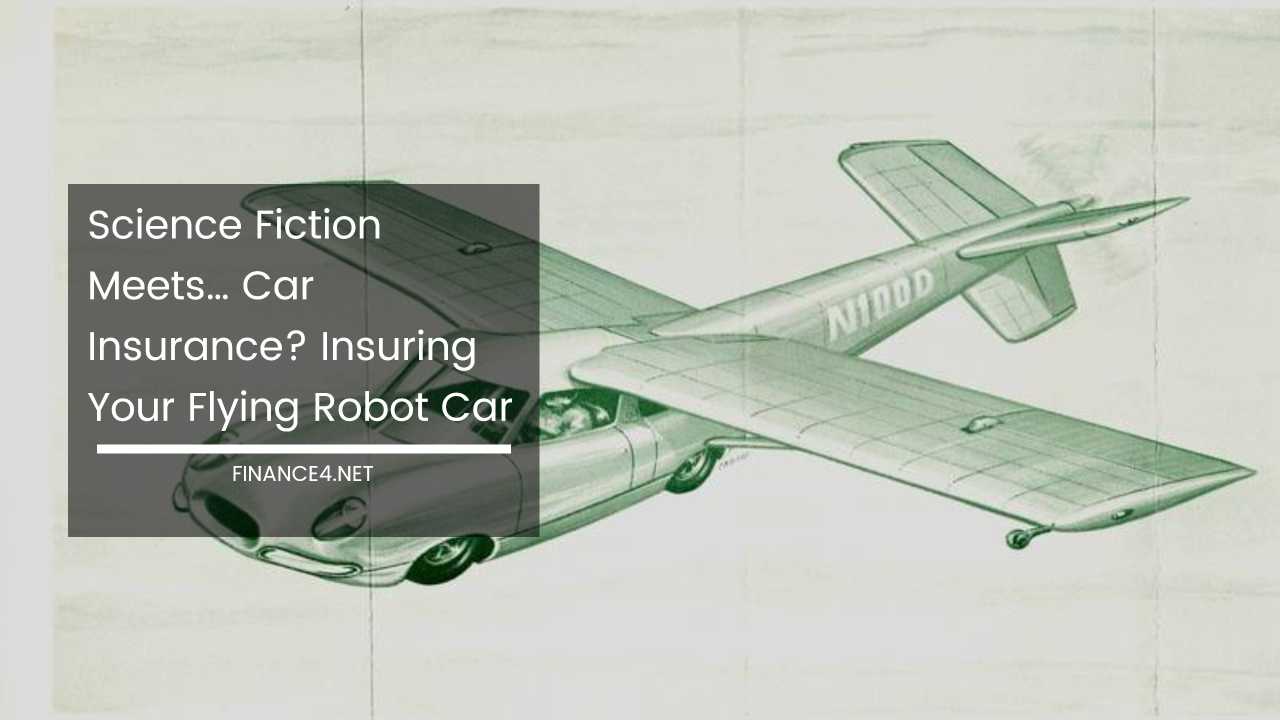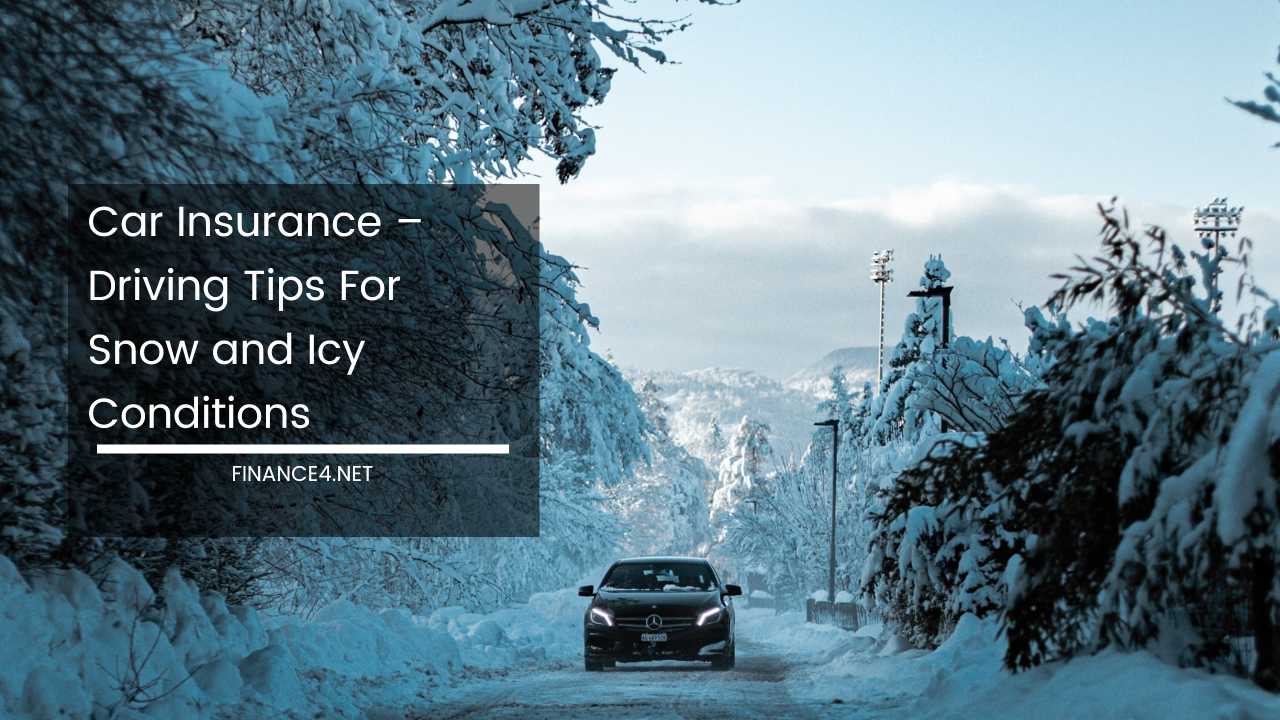Science Fiction Meets… Car Insurance? Insuring Your Flying Robot Car

Edward Oberg, currently on hiatus from the insurance game, now spends his time reading pulp genre novels, shaking his head in dismay at the state of movies these days, haunting yard sales and hunting for the monster brook trout that delights in mocking him.
He has vowed to defy the accepted wisdom regarding boring insurance reps by being extremely interesting.
In 1989 Back to the Future IIwas released to much acclaim- at least it was much acclaimed by me and my peers in elementary school.
The second instillation in the series finds its hero Marty McFly zapped off to an unfamiliar future populated by kids on hover-boards, bullies with bio-enhancing cyberpunk implants, businessmen wearing two ties at once (two of them!) and, of course, people in flying cars.
That there’d be flying cars waiting for us when we finally reached that long-away day seemed like a no-brainer. After all, sci-fi had been promising them to us for years.
So at what far-flung distant date did Back to the Future’s creators foresee this wild, two-ties-at-once future becoming a reality? It would come to pass in the year… wait for it… 2015. Oh… so right around the corner.
That might seem like kind of a bummer if you were among those who figured on flying cars just being a thing by now.
Bummer! It’d Be So Awesome to Have a Flying Ca… Oh, Maybe Not
Disappointing as it is that science seems intent on denying us our flying cars, when you think about it, remaining ground-bound is maybe not such a bad deal at the moment.
Considering the way people drive right now with all of their wheels (it’s hoped) firmly in contact with the blacktop, would you honestly want to share the sky with them?
Compounding the frequency of car crashes will the severity of plane wrecks? Yeah, maybe not the dream-come-truescenario for your morning commute.
Although the prospect of a mid-air pileup involving a whole herd of flying cars colliding at flight-speed before plummeting to smash into the earth isn’t the most reassuring scenario, it’s not a totally un-doable form of travel..
The reality of vehicular flight could be salvaged into safety by an addition and a subtraction.
The necessary addition: universal implementation of total or near-total computerized vehicular control. And that addition would obviously mean the subtraction (or at least substantial lessening) of human error.
Basically that means: robot cars first, flying cars after.
Fine- No Flying Cars, but Robot Cars Sound Pretty Sweet
There’s no question that car automation is getting better all the time. That’s a really good thing. I have no doubt that at some point in the next not-that-many years, kids are going to be asking their parents or grandparents, wide-eyed and disbelieving,
“Wait, you’re saying that you sat in these many-ton metal monstrosities filled with some kind of explosive liquid fuel that tore around at up to 80 mph within feet or inches of each other, with people driving all of them?! Nuh-uh! You’re making that up.”
Sometimes I’m surprised anyone gets insured at all, but we manage to make it work. As this automation improves and more control is ceded to computers and computerized programs, driving will become safer.
And so to the purpose of this- how is this futurization going to impact car insurance rates? (Since insurance is obviously the most exciting thing about future-car technologies and science fiction and all.) Obviously no one can say for sure, though there is a decent amount of precedent.
Since their inception cars have been upgraded with seat belts, crumple zone reinforcement, anti-lock brakes and traction control, airbags and more recently features like Electronic Stability Control (ESC). Of those, ESC is the closest to actual automation.
ESC systems can detect when a slide or loss of control has taken place, make accurate predictions about the skid and loss of control and engage brakes most efficiently and individually as needed- some versions even reducing engine power while they do so.
Unless something really strange happens, that kind of computer control is only going to increase and those increases will make cars safer.
Well That’s Simple Then. Insurance Will Keep Going Down as the Robots Gain More Control of Our Cars
There’s no doubt that more advanced automated safety features are generally going to contribute to lower insurance rates for that vehicle’s driver.
As optimistic as the above section title is, however, it’s not that simple. It would be that simple if all cars all computerized together and they all hit the roads at the same time, but they won’t.
As the collection and analysis of data goes- computers have us beat in almost every way. They can make millions of hard data-based decisions to optimize safety every second. So the entirely robot-driven car is going to be very safe and very good at dealing with most road-risk.
The one thing that computers will almost certainly never do as well as we will, however, is something we do dozens or even hundreds of times a day without even really thinking about and we do it really quickly.
That thing is: the interpretation of human behavior, reading and reacting to the subtle cues that other people give us- and we do it pretty much instantly.
There are too many examples to list but when someone at a four way stop inches forward slightly, it’s a suggestion that they plan to go.
Recently, in fact, another car pulled into the turn lane I was in (frustratingly), blocking my view of the oncoming traffic and trapping me there.
Eventually this other driver realized that I was stuck and flashed his brights to communicate that the lanes were clear and I could go. At least I hope that’s what he meant because I went and did not get in a collision.
That’s exactly the sort of cue that would be absolutely no help to a computer, no matter how advanced it’s computation capacity.
And that’s the problem- while computers are great at following rules and applying black and white data to their decision making, humans live in a gray area of mistakes, imperfection, nuance and interpretation.
So until we only have computer-driven vehicles on the streets, even the best robot car doesn’t have the understanding of human nature that would-cue it to stay away from the vehicle a human driver would recognize as being driven by someone acting erratic, even subtly erratic.
Just as the best robot car also has no defense against that erratic driver if they swerve suddenly or someone who falls asleep at the wheel.
Since robots don’t get drunk, tired or behave erratically (unless it’s my computer and I have a deadline), when it’s just them on the road, your car insurance will probably be really low.
Until then, however, you’ll just have to buy the vehicle with the most advanced features available and wait patiently for those vehicles to come off the floor with wings and a computer behind the wheel.
Image Credit: Alden Jewell



